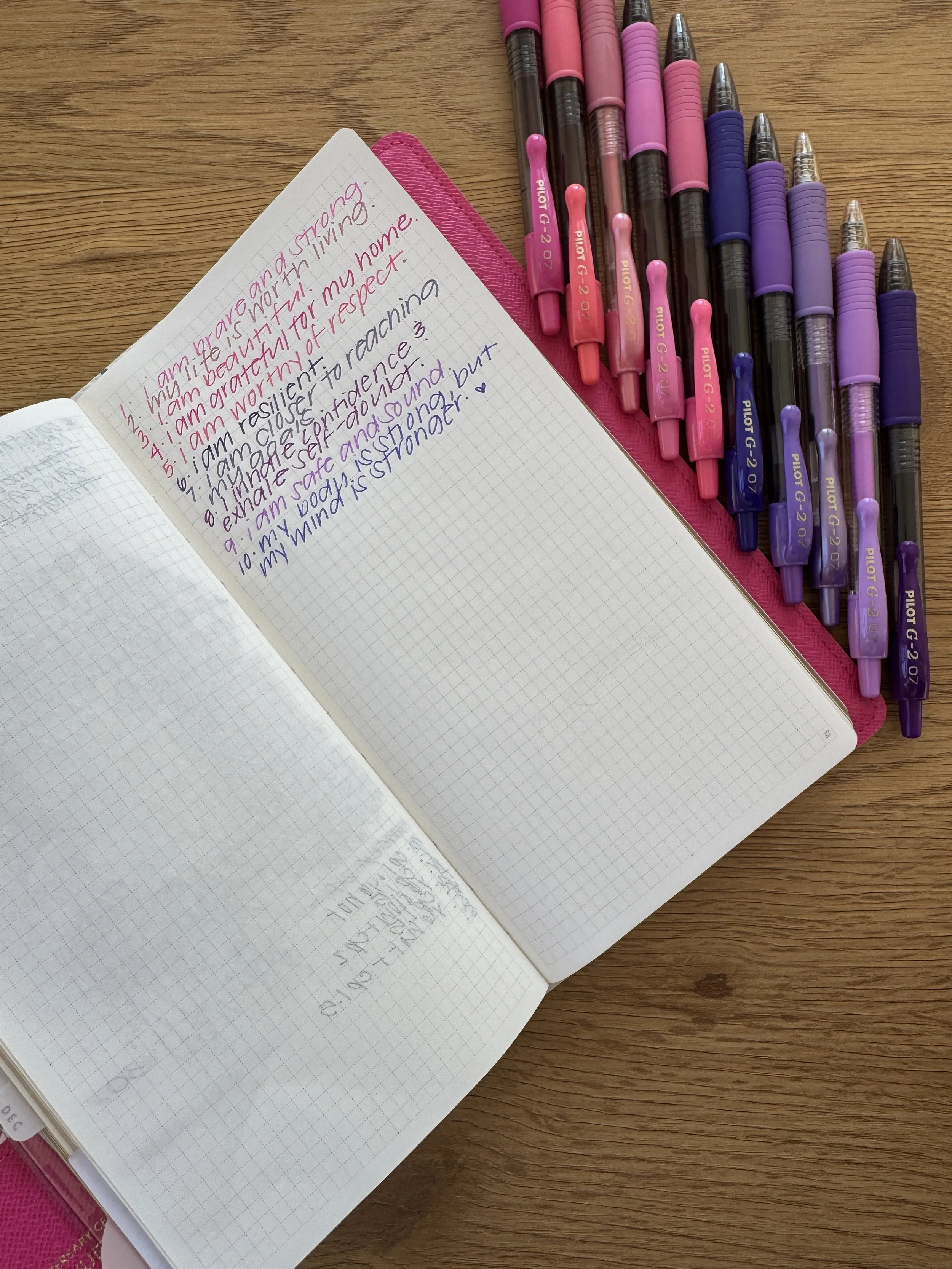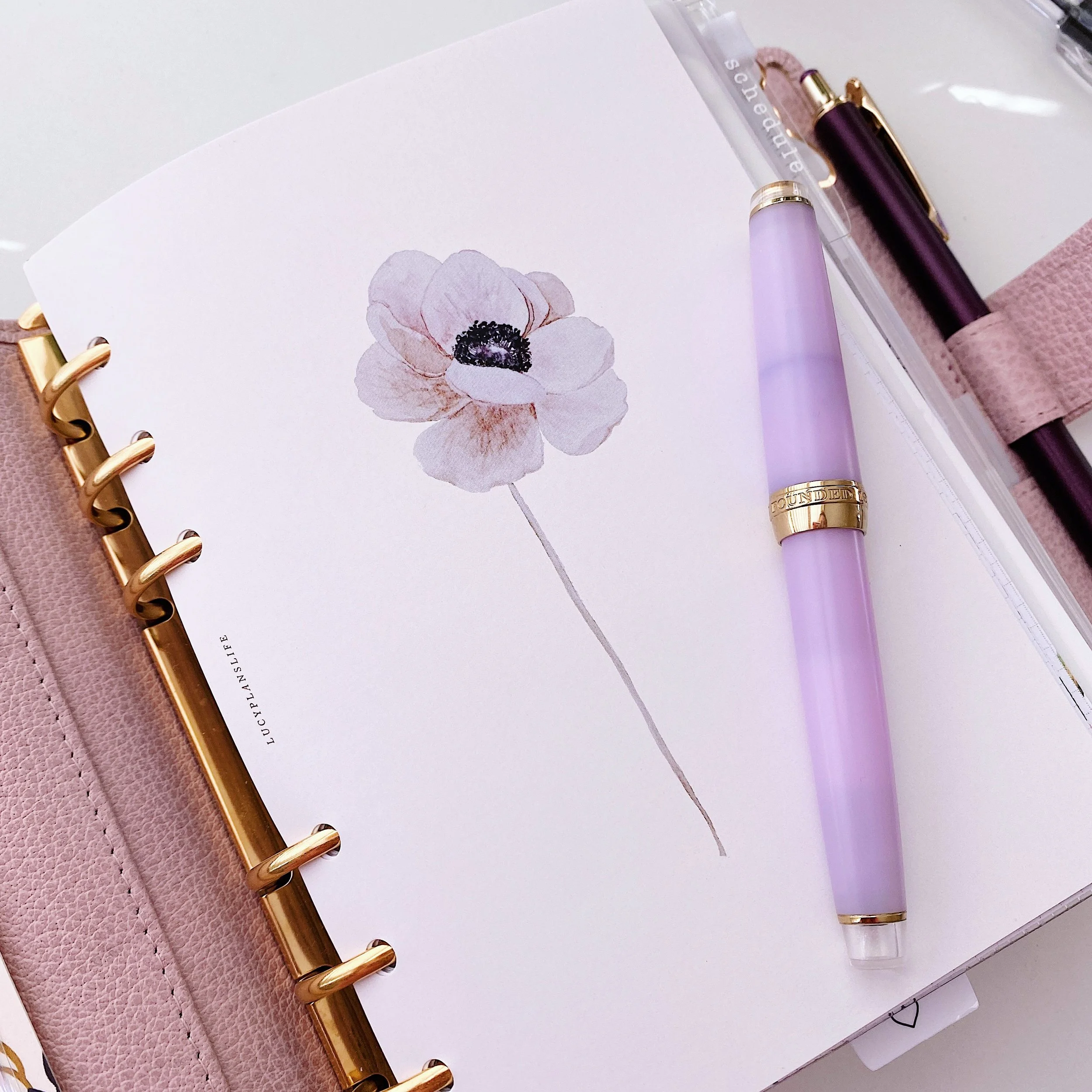A Primer on Pens: Your Guide to the Different Types and How to Choose the Right One
July 2025
Whether you're jotting notes in a meeting, journaling in your favorite notebook, or sketching a quick doodle, the humble pen is your constant companion. But not all pens are created equal. From the smooth glide of a gel pen to the classic elegance of a fountain pen, each type offers a different writing experience.
Here’s your guide to the most common types of pens—what sets them apart, how they work, and when to use them.
1. Ballpoint Pens
Best for: Everyday writing, note-taking, and long-lasting use
Ink type: Oil-based
Writing experience: Smooth, low-maintenance, quick-drying
Ballpoint pens are the most commonly used type of pen, beloved for their convenience and reliability. They use a tiny rotating ball to dispense oil-based ink that dries quickly and doesn’t smudge easily. Because the ink is thick, ballpoints tend to last longer than other pens—but they may require more pressure to write smoothly.
My go-to ballpoint pens:
2. Rollerball Pens
Best for: Quick, fluid writing with minimal effort
Ink type: Water-based
Writing experience: Smooth, flowing, more vivid than ballpoint
Rollerball pens operate similarly to ballpoints but use water-based ink, which flows more freely and produces richer lines with less effort. The result is a writing experience closer to that of a fountain pen. However, the ink can smudge more easily and may bleed through thin paper.
My go-to rollerball pens:
3. Gel Pens
Best for: Bold colors, fine details, and artistic applications
Ink type: Gel-based (pigment suspended in water-based gel)
Writing experience: Smooth, vibrant, slightly slower-drying
Gel pens combine the best of both ballpoint and rollerball worlds. Their ink is thicker than rollerball ink, but more vivid than ballpoint ink. They come in a wide range of colors (even metallics and neons), making them a favorite among artists, students, and anyone who enjoys expressive writing.
My go-to gel pens:
4. Fountain Pens
Best for: Elegant writing, calligraphy, and collectors
Ink type: (Mostly all) Water-based (from refillable cartridge or converter)
Writing experience: Classic, smooth, variable line thickness
Fountain pens are the refined elder statesmen of the pen world. They use a nib and feed system to draw ink onto paper through capillary action. The line thickness changes depending on the pressure and angle of the nib, making them ideal for calligraphy and expressive handwriting. They do require more care and maintenance, but many enthusiasts find the experience deeply satisfying.
While not all fountain pen inks are water-based, though the vast majority are. While most fountain pen inks use water as their primary solvent and are dyed with water-soluble dyes, there are also pigmented inks and iron-gall inks that are considered more permanent and water-resistant.
There is a fountain pen for everyone - from beginners to the pen snob! Picking out ink and sampling is the best part (for me). I like getting ink samples and then ordering full-size versions of my favorites (my go-to is Goulet).
My favorite fountain pens:
Sailor Pro Gear Slim (Fine and Medium points)
Pilot Vanishing Point (Fine point)
5. Marker Pens (Porous Point or Felt Tip)
Best for: Illustration, labeling, and bold writing
Ink type: Water- or alcohol-based
Writing experience: Saturated, bold, quick application
Marker pens use porous tips (often felt or fiber) to lay down ink. They come in many varieties, from permanent markers to fine-tipped artist pens. Some bleed through paper easily, so they’re best used on thicker surfaces or specialty papers.
I don’t use marker pens much… but when I do, I use Paper Mate Flairs!
Final Thoughts
Pens might seem simple, but the variety available today means there’s something for every writer, artist, and doodler. Whether you crave the crisp click of a ballpoint or the luxurious flow of a fountain pen, understanding the differences empowers you to make the right pick—and perhaps even enjoy the act of writing a little more.
So next time you reach for a pen, ask yourself: is this the right tool for the job—or the right tool for you?
Want to nerd out even further? Let’s talk nibs, ink refills, or the underrated joy of pen collecting—just say the word.
Other pen/journaling blog posts!








